According to a recent 10,000-person study commissioned by Unilever across nine counties, 74% of participants said they wanted the beauty industry to focus more on making people feel better, as opposed to just making people look better. At the same time, 56% said that the beauty and personal care industry can make people feel excluded. This year, the company announced that they’d remove the word “normal” from more than 200 products, as findings indicated that it made most people feel excluded.
In 2021, we’re witnessing a sea of change in the way beauty brands market their products. That transformation includes the words they use in marketing, and of course, it also extends to the images they use. We put together this quick guide for incorporating marketable and inclusive beauty photography into your Licensing portfolio, with five must-have tips for successful shoots.
Champion diversity
In 2019, research from Dove indicated that 70% of women still do not feel represented in the images we see every day, with the same percentage saying they felt pressured to fit an unrealistic standard of beauty. 67% of women called on brands to take responsibility for the stock images they use in their campaigns. Meanwhile, over on Getty Images, customer searches for “real people” and “diverse women” soared. That same year, Dove, Getty Images, and Girl Gaze came together to launch Project #ShowUs, a stock photo collection dedicated to breaking barriers and stereotypes.
More recently, new research from Mintel reveals that 68% of Americans want to see diversity in beauty and grooming advertising because they feel it represents real life. Furthermore, 63% say they’re inspired by beauty brands that show diversity across their advertising, with 47% saying they have looked for, or bought from, brands with diversity or inclusivity within the last year.
When casting, look to your community for inspiration. Work collaboratively with people across all ages, body types, abilities, colors, and more to create photos that feel authentic to them. Ask about their personal beauty routines, and tap into their unique styles. Instead of conforming to what we’ve seen in the past (i.e., a limited view of beauty that caters to a select few), photograph what’s beautiful to you and your models. All of the other tips in this article relate back, in one way or another, to this idea of inclusion, so if you take only one thing away from this story, make it this one.
Embrace natural skin
Celebrating natural skin goes hand-in-hand with the movement for diversity and inclusion in beauty. Back in 2019, as part of their research into representation, Dove found that 64% of women felt characteristics like scars, freckles, and skin conditions remained underrepresented. This finding in some ways foreshadowed the emergence of the “skinimalism” trend that’s taken 2021 by storm.
This skincare trend is all about stripping back our beauty routines to the basics, using just a few eco-friendly, sustainably-made products while embracing our natural textures. As part of their Pinterest Predicts 2021 report, Pinterest identified trending search terms like “glowing skin how to get naturally” (increased 4x year-over-year), “homemade skin care” (increased 110%), “aloe vera face mask” (increased 115%), and “natural everyday makeup” (increased 180%).
Of course, it’s also essential to cast models with all skin tones. In 2020, Eyecue Insights, a social media analytics platform, researched Instagram images from 70 top beauty brands to learn more about how their images had changed. They discovered that in May through July, to coincide with the movement for racial justice, there was a 122% increase in representation of darker skin tones.
Unfortunately, those numbers started to drop down again in July and August. Although some brands continued to showcase diverse skin tones consistently, others dipped back to the status quo. The inclusion of all shades and hues needs to be lasting to be meaningful, so keep this in mind moving forward.
Stay gender-inclusive
From skincare to makeup, beauty is genderless, but many products are still marketed as exclusively “for men” or “for women.” This approach is limiting, and luckily, a few key industry leaders have helped dismantle it. Take Rihanna’s Fenty Skin, for instance, who announced a “new culture of skincare” last year with a campaign featuring A$AP Rocky and Lil Nas X.
With the men’s personal care market expected to reach $166 billion by next year, and with nearly 40% of people aged 18-22 expressing interest in gender-neutral beauty products, more brands are realizing the importance of including male representation. This year, for instance, baseballer Alex Rodriguez launched a concealer—called the “Blur Stick”—alongside the men’s wellness brand Hims.
When photographing beauty, think beyond the binary as well to include a range of identities and pronouns. Just this summer, the influencer marketing tool Traacker found that people are moving towards more inclusive language in beauty, with engagements in content mentioning non-binary, transgender, and gender-fluid beauty terms increasing by 50%.
When comparing June 2019-June 2020 to June 2020-June 2021, their data suggested a 35% increase in gender-neutral beauty posts, with the number of influencers discussing gender-neutral beauty going up by 24%. Pull inspiration from Jessica Blackler’s brand Jecca Blac, dedicated to the principle that #MakeupHasNoGender, or We Are Fluide, a brand making cosmetics for all gender expressions.
Go candid
The push for “real life” moments in advertising has resulted in a new language of storytelling. Instead of stiff poses and staged gestures, commercial photography, in general, has moved towards candid, fly-on-the-wall “micro-moments.” In recent years, a number of celebrities have been called out for pretending to use various beauty products, from skincare to makeup remover, in videos promoting various brands, proving that “fake” just doesn’t cut it anymore for today’s consumers.
Of course, there’s a difference between “staging your shots” and “setting the stage” for your photoshoot. If you’re shooting in the bathroom or bedroom, feel free to do some styling before the session to remove any clutter and replace any branded products with plain, label-free packaging (no logos or trademark designs if you plan to license your photos commercially). You can also choose photogenic props, like reusable or sustainable packaging, to increase the commercial appeal of your photo.
Once your model gets into the flow of their beauty routine, however, consider taking a step back and capturing those in-the-moment gestures and expressions. Have them actually use their products instead of miming the motions. You can have them do the routine a few times to get comfortable with it. Mix up your framing to include close-ups as well as environmental portraits that capture a larger narrative about the person in the photo.
To think outside of the box, consider the entire story, from someone shopping for products in-store or online to using them at home. It could be as simple as photographing friends doing a face mask together or as complex as partnering with an aesthetician to provide authentic visuals for their business. “In the past, generic, studio shots of women with face masks or holding beauty products were common,” the 500px Content Team tells us. “But now, more than ever, real and relatable lifestyle situations are what’s popular.”
Keep your edits minimal
This one might come as no surprise in the era of skinimalism, but heavy skin retouching is on its way out. Consider, for instance, the recent decision by the Advertising Standards Authority (ASA) in the UK, who ruled that influencers could no longer use misleading beauty filters to promote cosmetics or skincare. The move followed the #filterdrop campaign, created to inspire people to show their real skin online; the decision applies to influencers, celebrities, and brands in the UK.
They’re not the only ones. In Norway, legislators passed a law that requires advertisers and influencers to label retouched photos. The regulation includes advertisements where body shapes and sizes have been altered as well as skin retouching. Meanwhile, the American retail corporation CVS made headlines this spring when they reached 100% compliance with their goal of no longer using retouched beauty images in stores.
When editing your photos for Licensing, keep your models’ skin natural. You chose them for a reason, so celebrate the textures, scars, freckles, wrinkles, and other details that make them uniquely beautiful. Stretch marks, pores, and birthmarks all have a place in commercial beauty photography; embrace them!
Not on 500px yet? Click here to learn about Licensing with 500px.

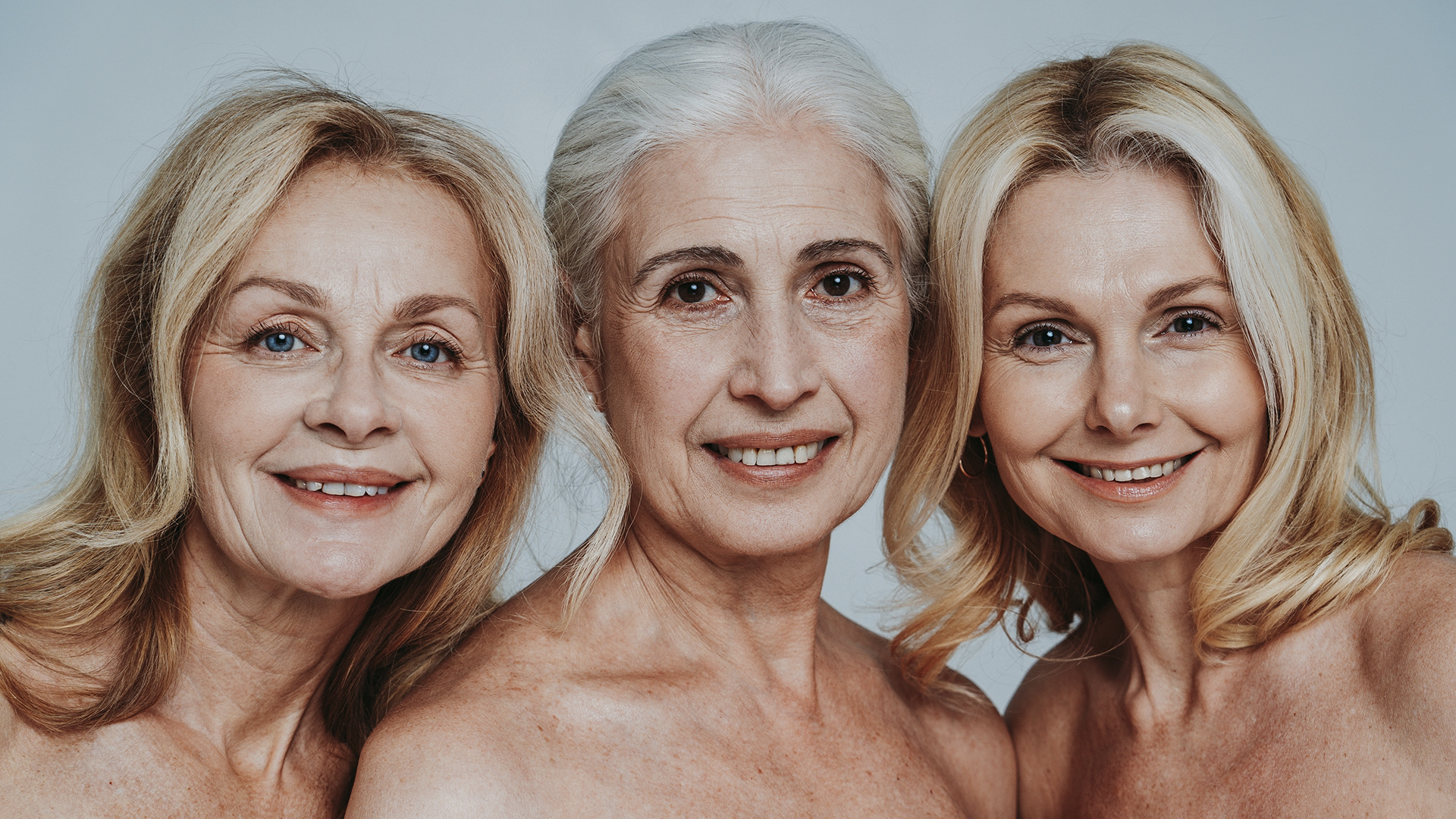

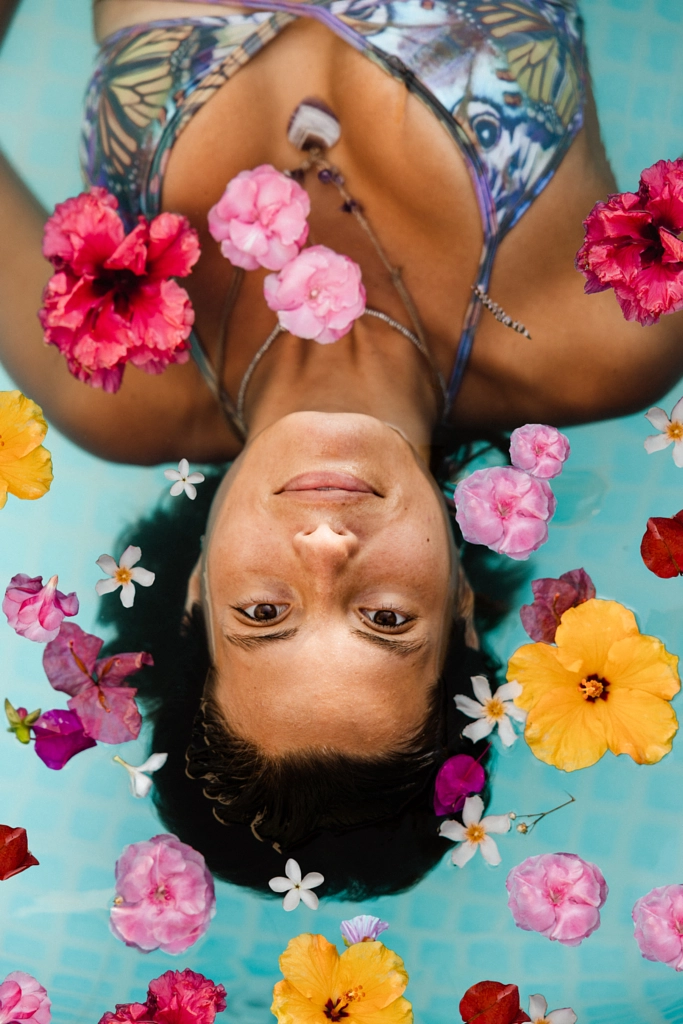
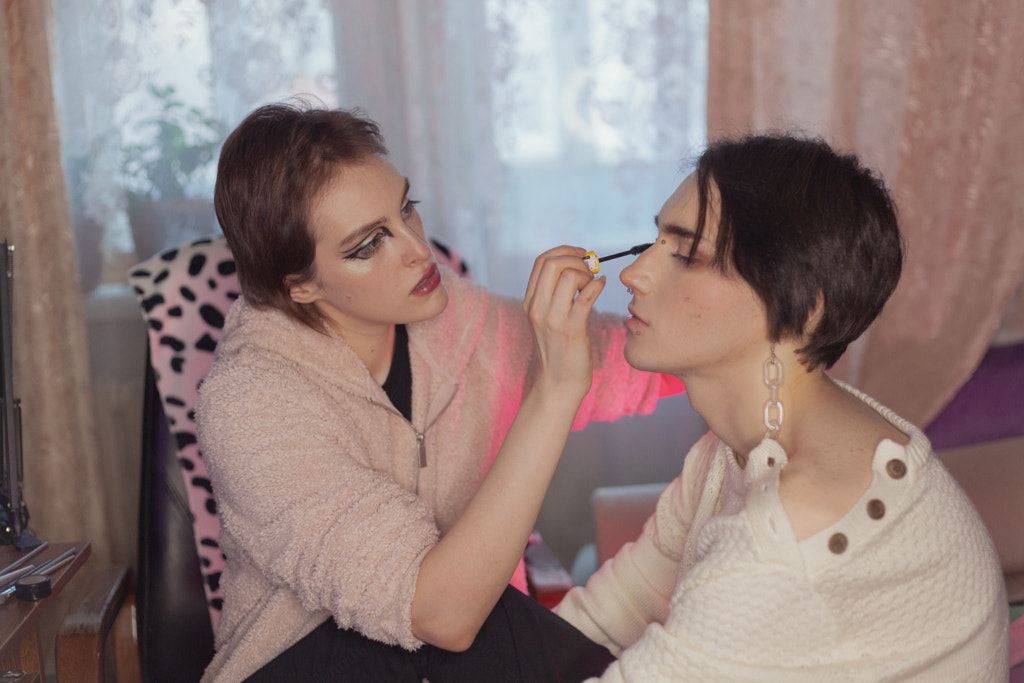
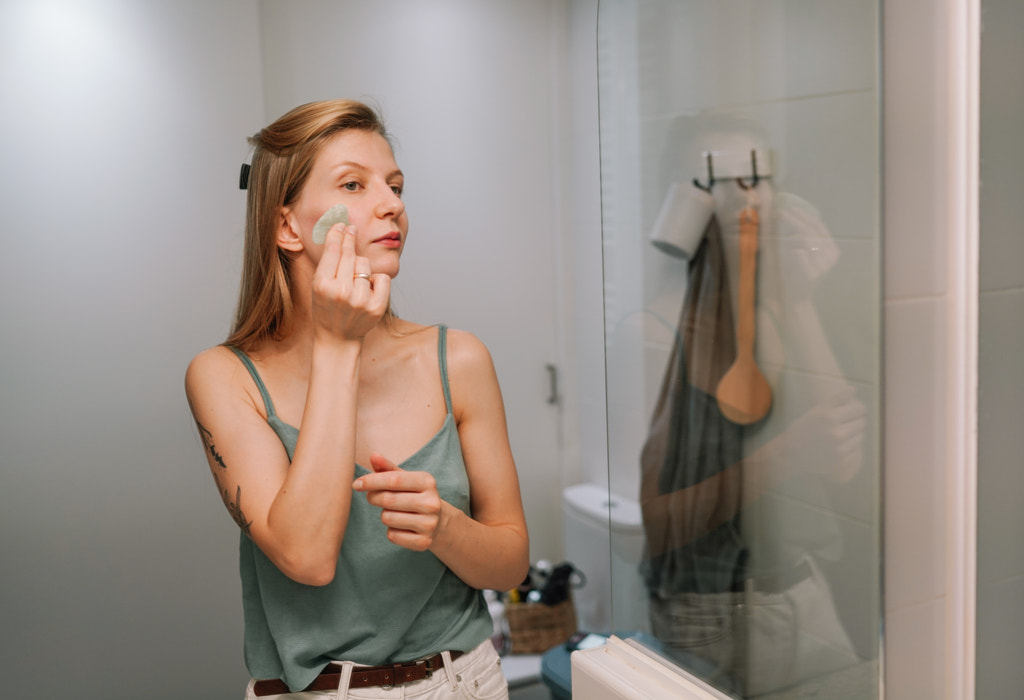
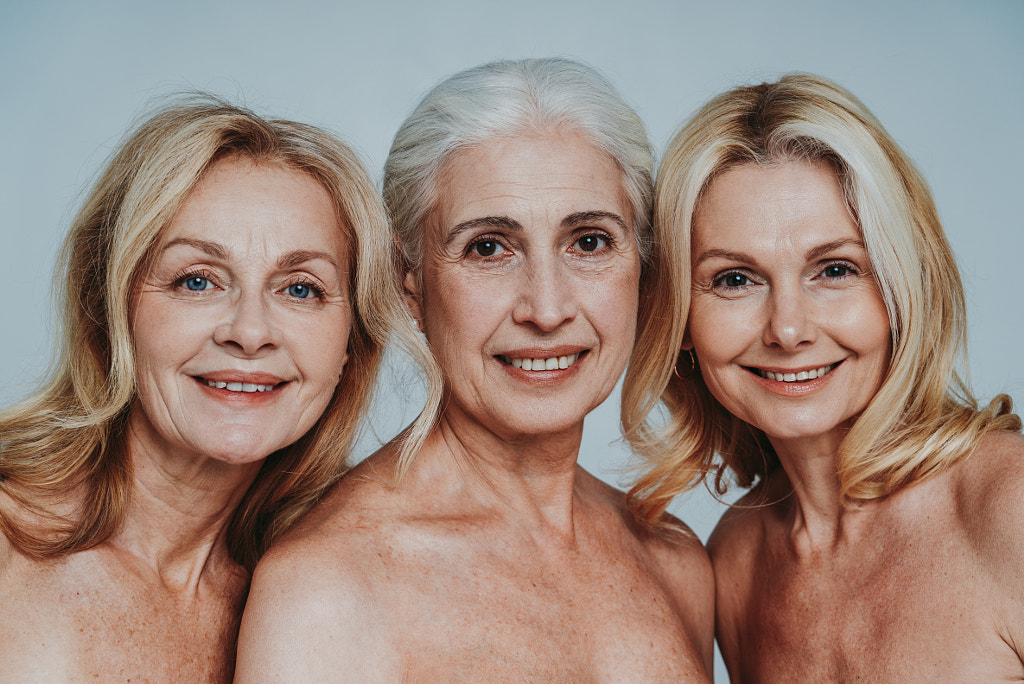



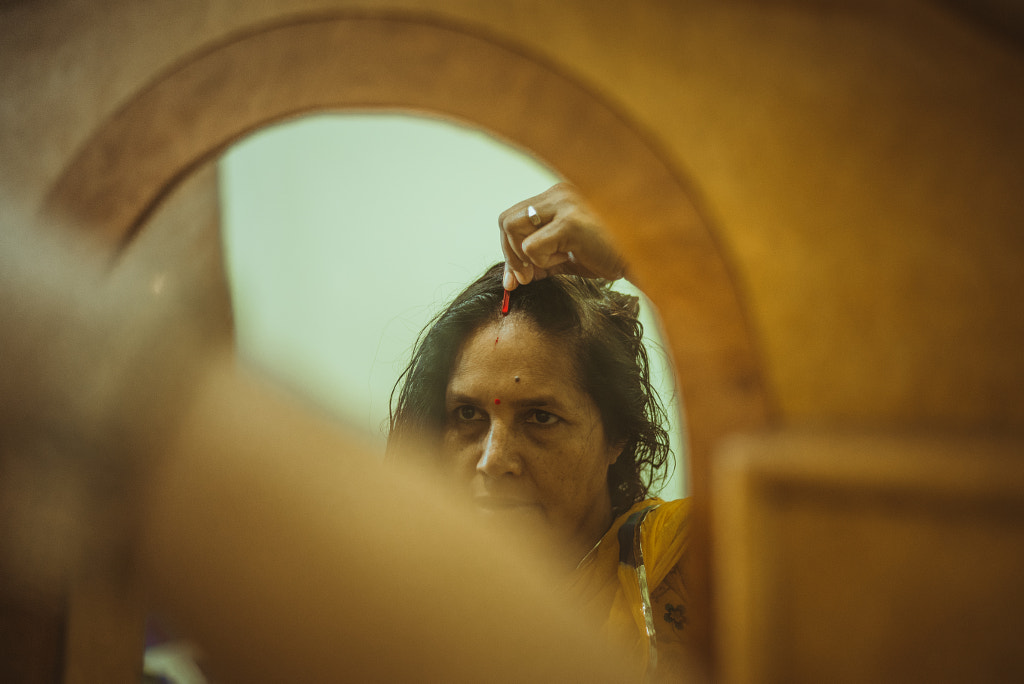

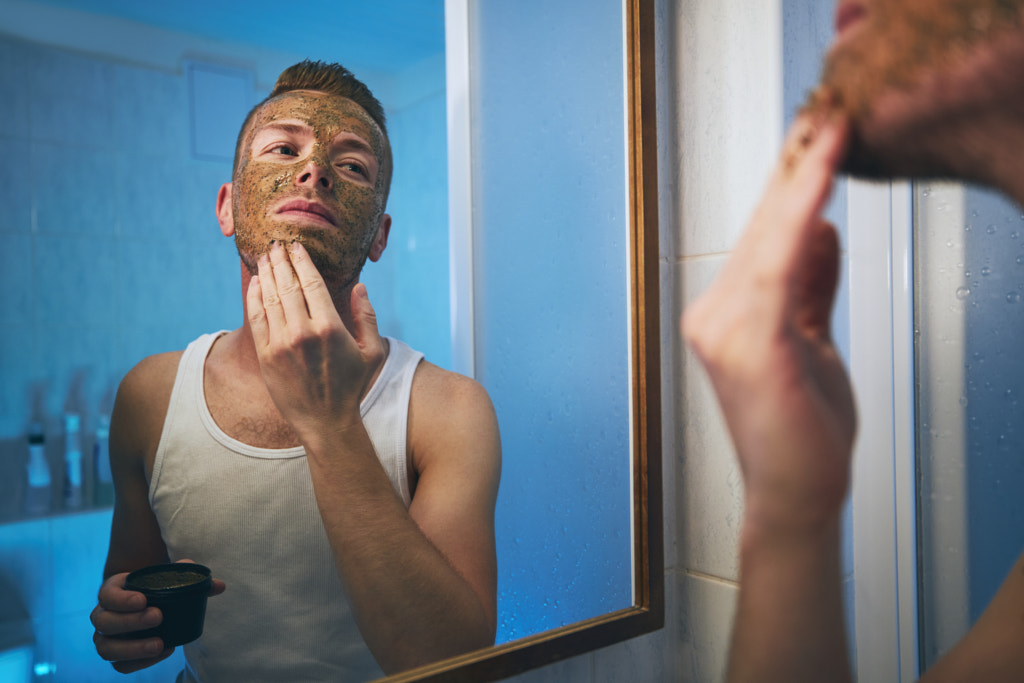
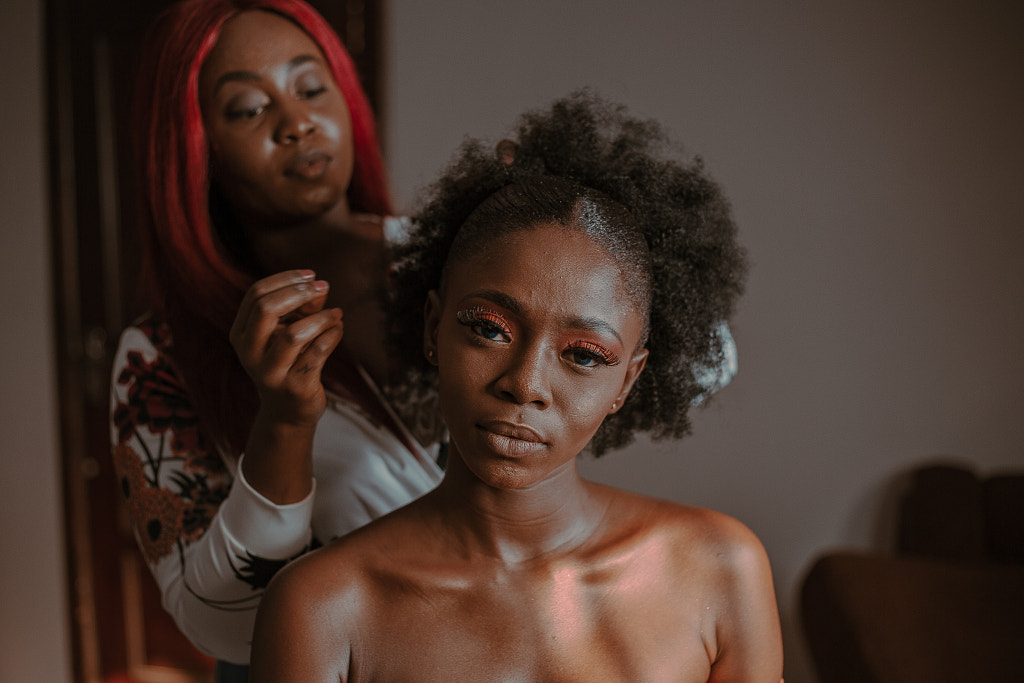
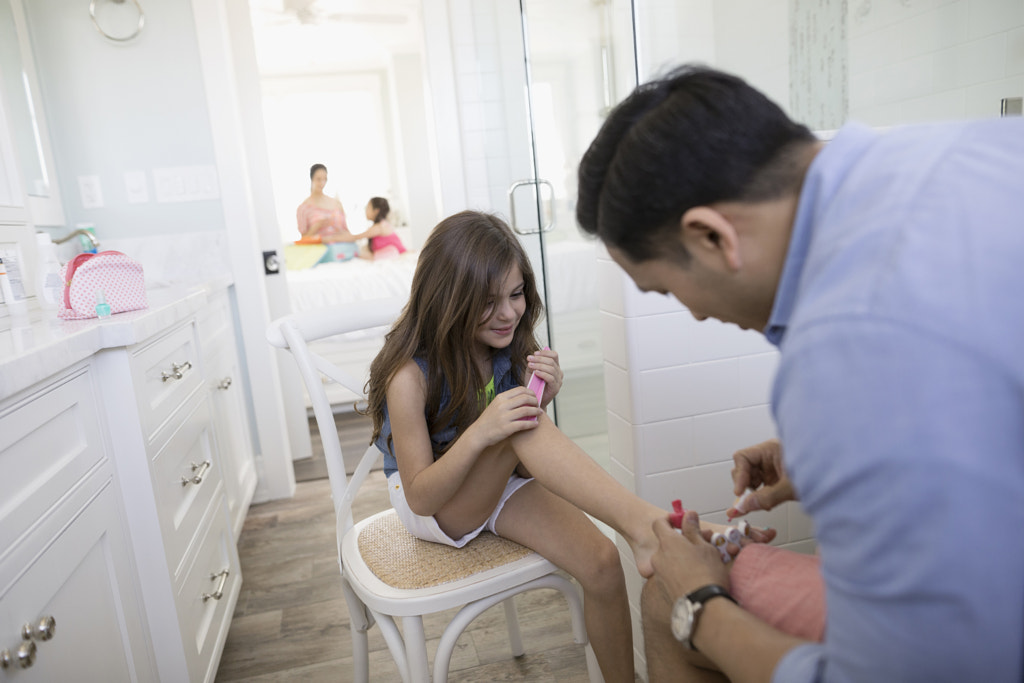
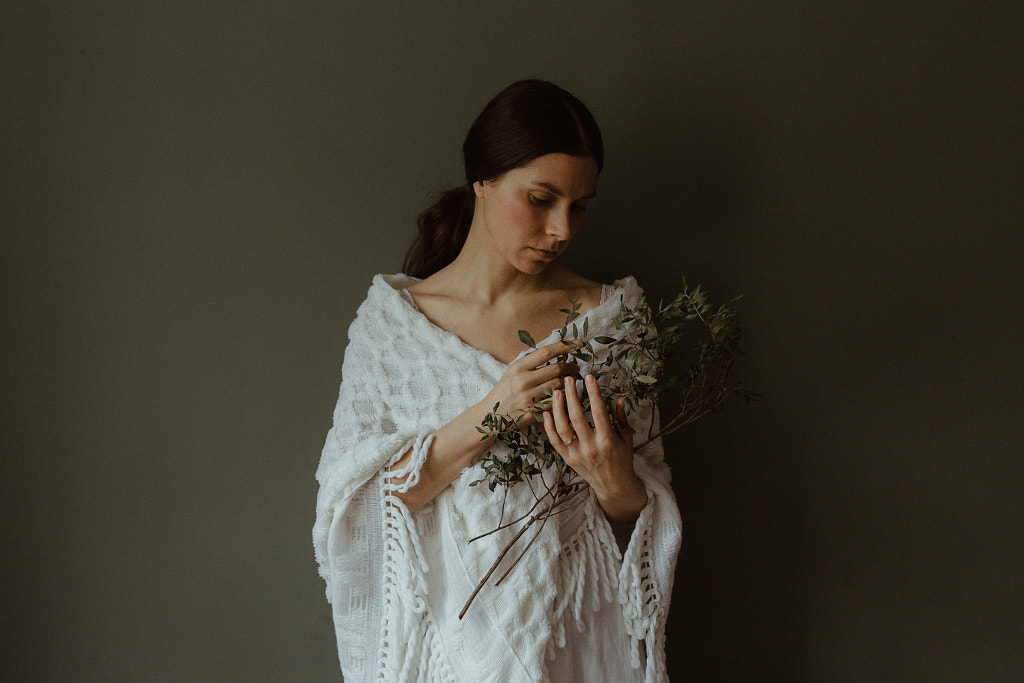
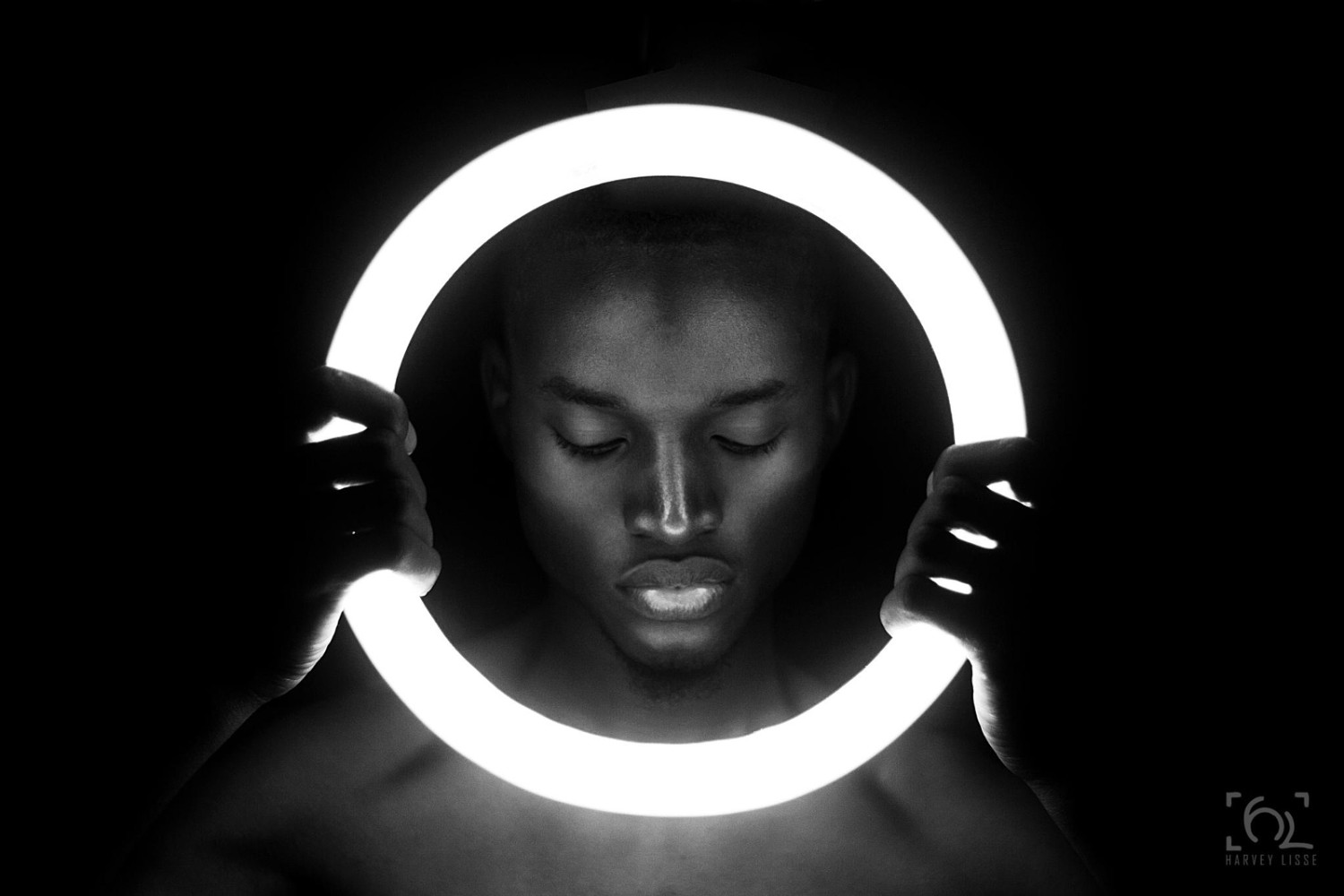


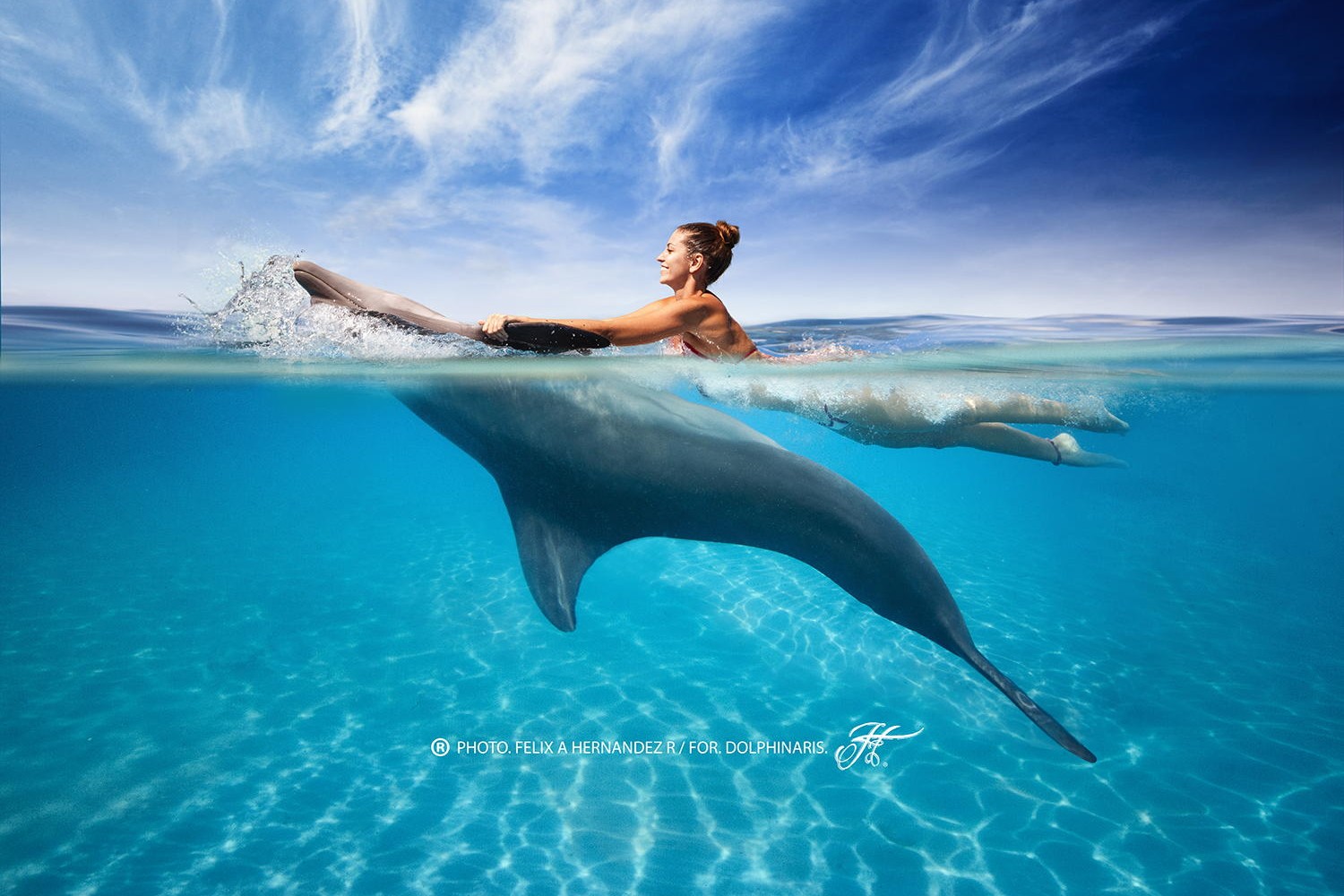

Leave a reply